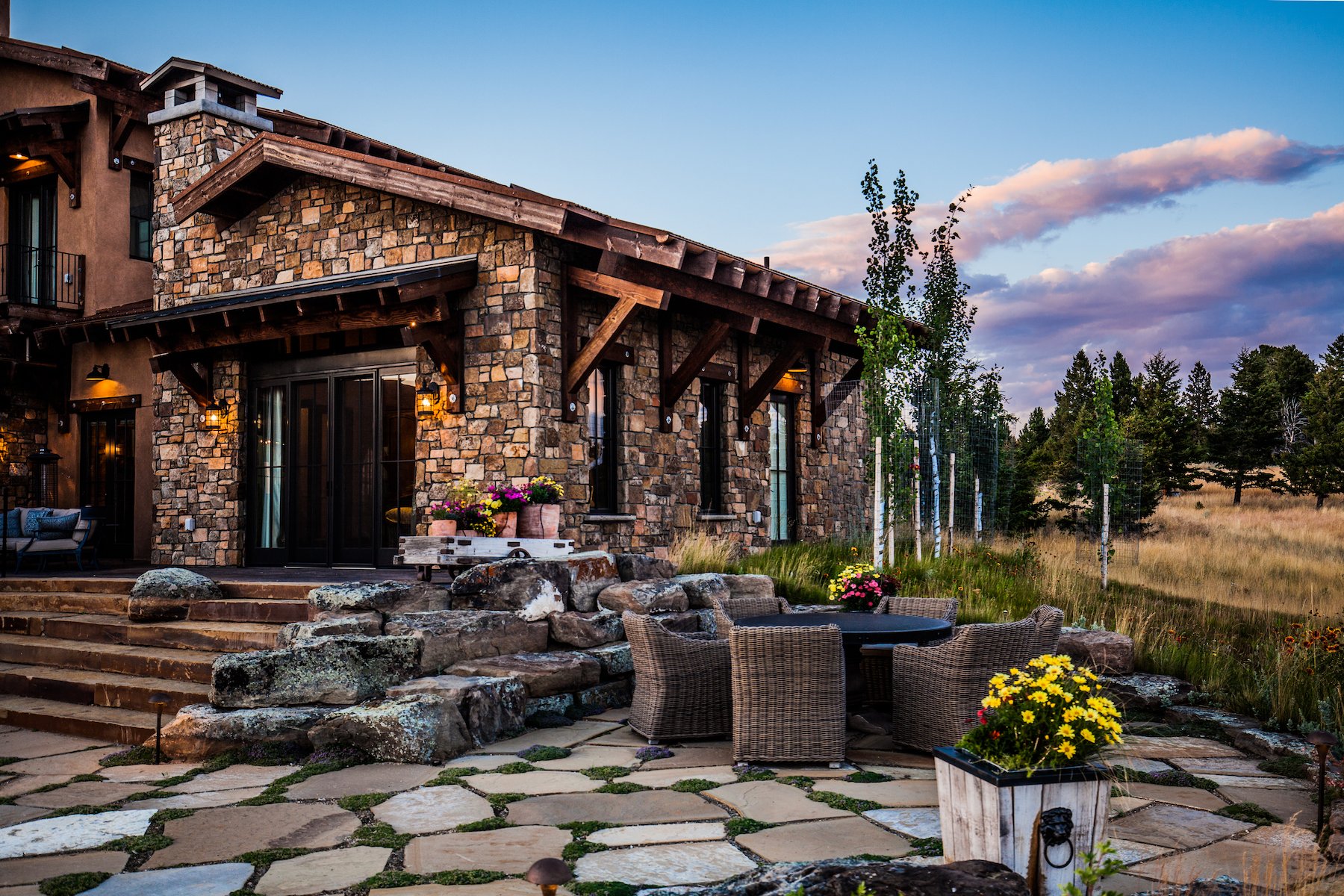Bozeman, Big Sky, & Southwestern Montana’s Outdoor Living Enthusiasts
Since 1997, Blanchford Landscape Group has built a team of dedicated professionals by helping them grow and focus on their special talents and interests. The power of our team is in their diverse skills, perspectives, and talents. We’re all working toward the same goal: serving you with exceptional outdoor living spaces. These hard-working, caring people have been the key to our success on hundreds of local landscaping projects of all sizes.
We are outdoors people, so we get the appeal of outdoor living. We are gardeners, skiers, hikers, runners, golfers, artists and craftsmen. Our team has taken their love of the outdoors and made it their career. When you see the smiling faces of our team, ask them what they love about their job. They can share the many reasons why they love enriching the lives of our clients, the community, and the environment we’re proud to call home.



